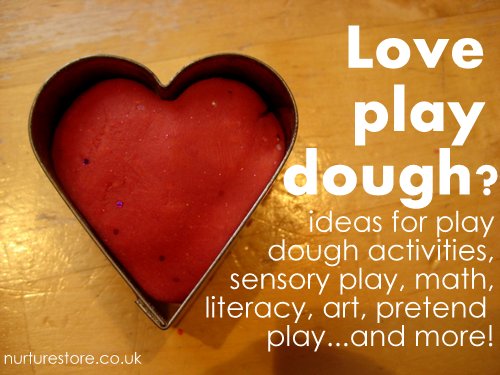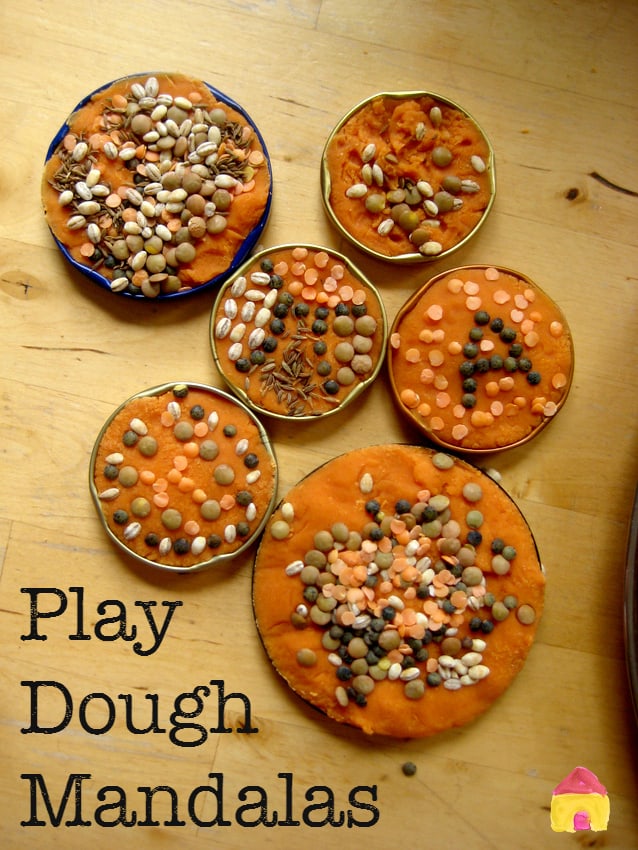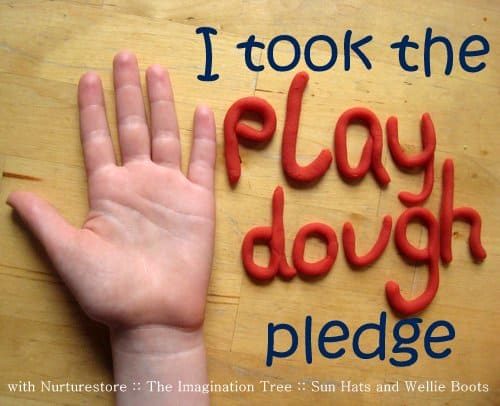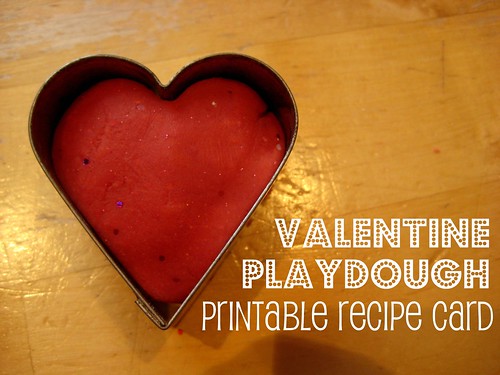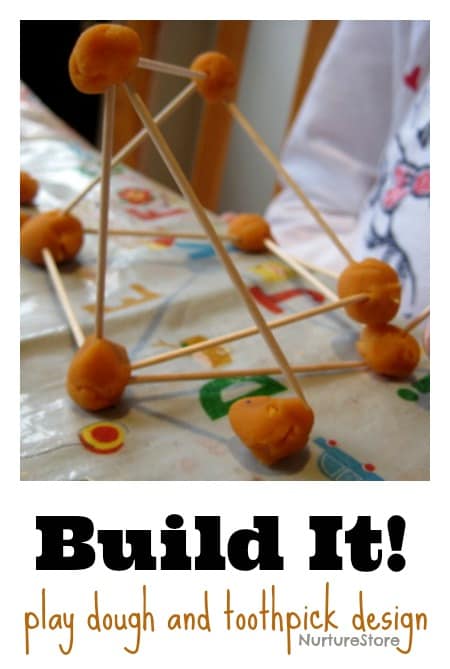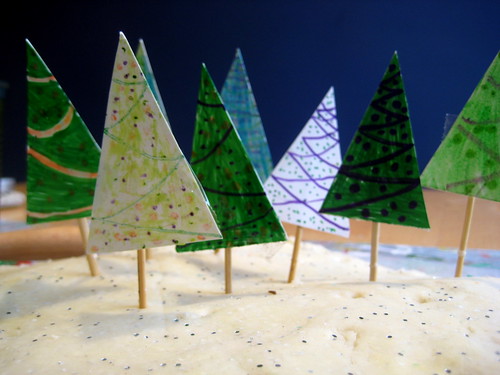I have enjoyed this Play Dough Pledge week so much! At home we’ve had so much fun with our Play Dough Pizza Parlour and our play dough mandalas. I loved the Play Dough Bakery idea Anna shared with us over at The Imagination Tree and the Play Dough Self Portraits Catherine shared at Sun Hats and Wellie Boots.
But the very best part of the pledge has been having so many of you join in with us. I have loved seeing the posts and photos showing your children trying something new with their play dough this week. You can see lots of them on [Read more…]


